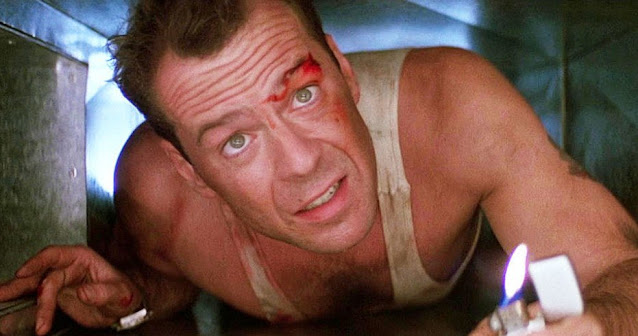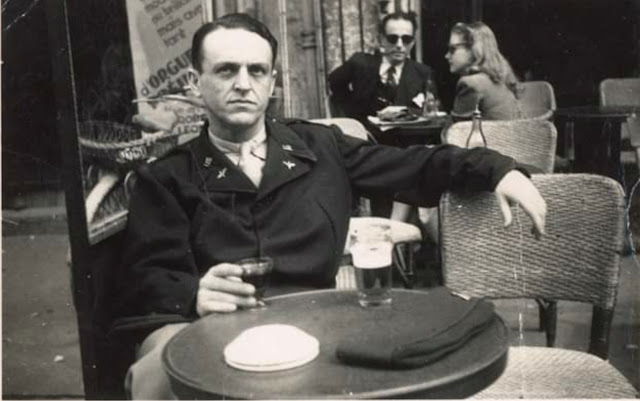The Frankenstein Concept: An Idea Ripe for Parody
During the cold summer of 1816 – known as ‘The Year Without Summer’ – when the world was experiencing a year-long winter caused by the 1815 eruption of Mount Tambora, 19-year-old Mary Wollstonecraft Gavin and her fiancé Percy Bysshe Shelley visited Lord Byron at the Villa Diodati by Lake Geneva in Switzerland. Because the unseasonable weather was too unpleasant for the usual outdoor summer activities, the threesome, joined by Byron’s doctor John William Polidori, whiled away their time reading a collection of German ghost stories called Fantasmagoria. Afterward, Byron proposed that each of them write a ghost story, with a prize going to whoever wrote the scariest one.
Mary Shelley recalled that as she lay sleepless in bed that night, she had an “acute mental vision” in which she saw a “pale student of unhallowed arts kneeling beside the thing he had put together,” an image which inspired her to write a short story about the unfortunate Victor Frankenstein and the creature he created. Byron wrote a fragment based on some vampire legends he heard while traveling in the Balkans, and Polidori wrote The Vampyre, which became the progenitor of the vampire literary genre.
“At first,” recalled Mary Shelley, “I thought of but a few pages – of a short tale – but Shelley urged me to develop the idea at greater length.” In 1818, Mary Shelley completed her novel, which was published anonymously in an edition of 500 copies by a small London publishing house. Critical reception was not favorable, but the novel’s cultural impact was almost immediate. The story became widely known in melodramatic theatrical adaptations – Mary Shelley recalled seeing a stage production of Presumption; or The Fate of Frankenstein as early as 1823.
Frankenstein, or The Modern Prometheus is now widely considered to be the first science fiction novel. In many ways, it was an allegory on the dangers of science and technology. Written at the dawn of the Industrial Revolution, it warns mankind against over-reaching and delving too far into the unknown and potentially limitless possibilities of technological progress. As Mary Shelley wrote years later, “Supremely frightful would be the effect of any human to mock the stupendous mechanism of the Creator of the world.”
Spoof versions of the Frankenstein story became popular as early as the end of the 19th century, when comedies called Frankensteam and Frankenstitch had theatergoers rolling in the aisles. The first film adaptation of the story was the 1910 Frankenstein made by Edison Studios. At least two more film versions were made before the advent of sound – Life Without Soul (1915), a contemporary version with Percy Standing, sans makeup, as ‘The Creation,’ and Il Mostri di Frakestein (1920), an Italian version starring Umberto Gurarracino as ‘The Monster.’
But the definitive version would be James Whale’s 1931 Frankenstein, with Boris Karloff as the ‘Monster’ in his iconic makeup by Jack Pierce. When Frankenstein became a huge hit – and under protest to some degree – Whale resurrected his monster in 1936 for a tongue-in-cheek sequel, Bride of Frankenstein. The degree of sardonic wit that James Whale brought to the sequel made Bride the first comic film featuring Mary Shelley’s monstrous character.
 |
| Elsa Lanchester and Boris Karloff in The Bride of Frankenstein (1936) |
Several sequels followed over the next decade, but Universal’s Frankenstein series was finally brought to a close in 1948 with the slapstick Abbott & Costello Meet Frankenstein, which influenced Mel Brooks’ approach to Young Frankenstein. In the mid-‘60s, the TV sitcom The Munsters presented the iconic monster at the age of 150, living with his family in the suburbs like any normal guy.
By the early ‘70s, spoof versions of the Frankenstein story were everywhere. Even Andy Warhol decided to put his own twist on the story. In 1973, he and director Paul Morrissey released a soft-core gore-porn version, originally titled Flesh for Frankenstein, a companion piece to Blood for Dracula, which was filmed on many of the same sets, with essentially the same cast.
Even the blaxploitation genre exploited Mary Shelley’s idea. After the modest success of 1972’s Blacula, Blackenstein was hurried into theaters the next year. Unfortunately, Blackenstein didn’t fare all that well at the box office, though one fan reported, “There’s something so majestically bad about it that it achieves some kind of terrible, terrible greatness.”
In the summer of 1973, The Rocky Horror Show hit the London stage, featuring ‘Dr. Frank-N-Furter’ and his muscular creation, ‘Rocky Horror.’ The show was voted Best New Musical by London’s theater critics and ran continuously for three years. The stage production would soon spawn 1975’s big flop, The Rocky Horror Picture Show – which has brought in $139 million in late-night ticket receipts to date.
And in April 1972, while on vacation, Gene Wilder felt the tickle of an idea. “After lunch one afternoon, I walked up to my bedroom with a yellow legal pad and a blue felt-tip pen,” Wilder recalled. “At the top of the page I wrote, ‘Young Frankenstein,’ and then I wrote two pages of what might happen to me if I were the great-grandson of Beaufort von Frankenstein and was called to Transylvania because I had just inherited the Frankenstein estate.”
And the rest is movie history.
Mary Shelley, “Introduction,” Frankenstein, or The Modern Prometheus, 1831
Jim Beckerman, “Frankenstein’s Monster Has Eternal Life,” The Record, 10/28/98
Stephen Jacobs, “More Than the Sum of its Parts: The Writing of Frankenstein,” Creative Screenwriting, 10/27/06
Gene Wilder, Kiss Me Like a Stranger, St. Martin’s Press, 2005


Comments